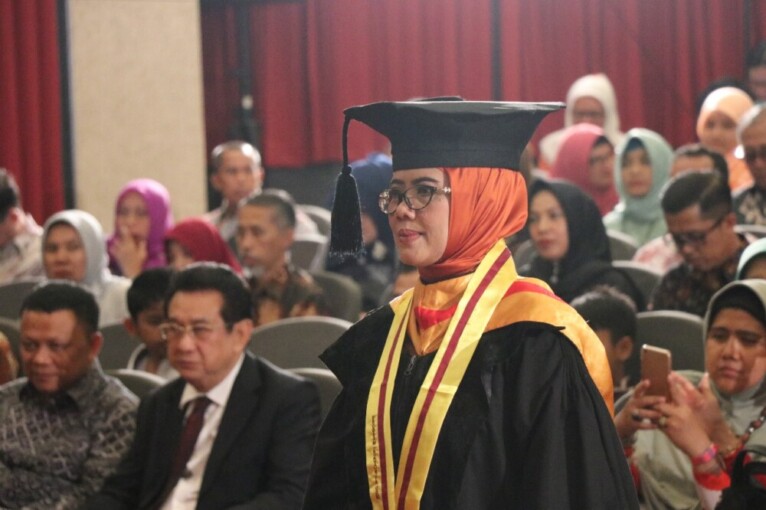
Melasma or hyperpigmentation disorder with predilection in the face happens more in women of reproductive age, although it may happen to men. The cause of melasma is genetic, age, and exposure to the sun.
“Previous research on the associations between sun exposure and melasma prevalence showed that the exposure has associations as risk factor to melasma prevalence,” said Betty Ekawati Suryaningsih in her doctoral promotion at Faculty of Medicine, Public Health, and Nursing at UGM on Wednesday (25/4).
Melasma, said Betty, often impacted negatively on the quality of life of the person experiencing it in their social life, because it is an embarrassment to them, making them inconfident or unhappy with their performance. In cases with high severity index, melasma may even make them suicidal.
“Besides the significant disruption to the quality of life, the cost of treatment is very high while no satisfactory results can be guaranteed,” she said.
She revealed based on the distribution, melasma is divided into three types, centrofacial (areas of forehead, cheeks, areas above the lips, chin, and nose); malar (areas of cheeks and nose); and mandibular (areas of mandibular ramus). Among them, the centrofacial type is one that most often happens or around 65%.
Research into melasma from several factors such as exposure to the sun has been done previously. But there has been no research so far into the genetic of MCIR gene, the gene that regulates pigmentation system in living beings. In her dissertation, she studied the associations of genetic factor and prevalence, degree, severity, and type of melasma among Javanese women in Yogyakarta.
“This research is expected to give a description on the polymorphism associations of MCIR and IL-1RA gene with prevalence, degree of severity, and type of melasma in the genetic view of Javanese female population, and to develops melasma treatment in the future,” said the lecturer from Universitas Islam Indonesia in Yogyakarta.
In her research she found the associations between gene polymorphism of MC1R Val 92Met with prevalence of melasma and degree of severity of melasma. Even so, there were no associations between such gene polymorphism and the type of melasma in Javanese female population in Yogyakarta.
She suggested other researchers in this particular field to do analytical research into cellular signaling to evaluate the response of polymorphism of MC1R gene towards MSH. To society, she suggested them to use sunscreens regularly.
“Sunscreen is needed by women who are 40 years of age,” she suggested.


